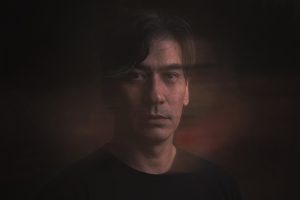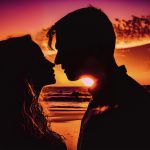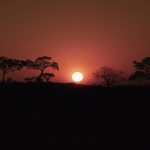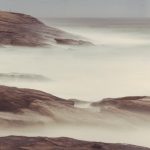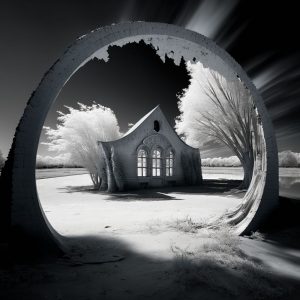
Experimental photography is an area of photography that involves creating creative and unconventional images. In this area, photographers have the opportunity to explore new techniques and methods to create unique and interesting images. There are a variety of experimental techniques that photographers can use to get amazing results, from using homemade cameras to chemically manipulating film.
One of the best known techniques of experimental photography is the pinhole, also called camera obscura. The pinhole camera is made with a dark box with a small hole in it, allowing light to enter the box and create an image on the light sensitive surface. Pinhole photography is a great way to create unique images with a vintage style.
Another experimental technique is infrared photography. Infrared light is invisible to our eyes, but it can be captured by the camera. Infrared photography can create fanciful looking images, often with whitish tones and green areas. To obtain infrared images, it is necessary to use a special filter on the camera lens.
In addition, experimental photography may include the use of digital techniques, such as image manipulation with editing software. The use of multiple exposures is also a common technique in experimental photography, allowing you to create images composed of different elements.
Another interesting technique is the use of colored lights to create a rainbow effect. For this, the photographer can use a colored light source, such as an LED panel, and move the camera during the exposure. This creates a colorful image with interesting lines and shapes.
Photographers can also experiment with long exposure, allowing the camera to capture images with car lights or moving stars. This technique can create images that look surreal and fascinating.
Another interesting technique is pinhole photography, also known as tin camera obscura. This technique uses a metal can with a small hole to create unique and fascinating images. Pinhole photography can be difficult to master, but the results can be impressive.
Another experimental technique is the use of special filters, such as polarizing filters, which allow capturing images with more vibrant colors and reducing reflections. Using ND (Neutral Density) filters can also be useful in bright situations, allowing you to reduce the amount of light entering the camera.
Finally, experimental photography can include the use of unusual materials such as special papers or alternative films. This can create images with interesting textures and unexpected effects.
In summary, experimental photography is an area of photography that allows photographers to explore new techniques and methods to create unique and fascinating images. From the use of homemade cameras to the chemical manipulation of film, experimental photography offers a wide variety of techniques to create unconventional images. Photographers can experiment with pinhole, infrared photography, digital image manipulation techniques, use of colored lights, prolonged exposure, pinhole photography, special filters and unusual materials to create unique and fascinating images.
However, it is important to remember that experimental photography is an area where the final result can be unpredictable and not guaranteed. Photographers must be willing to experiment and make mistakes, and continue to explore new ideas to get better and better results.
Also, experimental photography can be a great way to explore concepts and express emotions. Photographers can use experimental techniques to create images that convey sensations and concepts that go beyond the literal representation of reality.
Finally, experimental photography can be an exciting and challenging area for photographers who want to explore new ideas and create images that stand out. To succeed in this area, photographers must be willing to experiment and make mistakes, as well as dedicate time and effort to hone their skills. With practice and perseverance, photographers can achieve incredible results and create images that challenge and inspire them.
So, did you like the article and want to contribute a coffee of thanks? Make your contribution through the QR Code below. Help the Foto Blog that helps you. Any value is welcome! A coffee is R$2 here, for example.

Related articles
| | Make long exposure | | Types of cameras | | Light the principle (part 1) | | Light the principle (part 2) | |
Other links
| | Photo Accessories | | Types of Flash | | Photography | | Online Gallery | | FotoBlog | | Photometry | | Photographic Technique || Color Photographic Technique | | Quality of a photo | | What is Photography? | | The Role of the Sensor | | Pricing | | Diaphragm Exposure Triangle | | Lens Types | |

